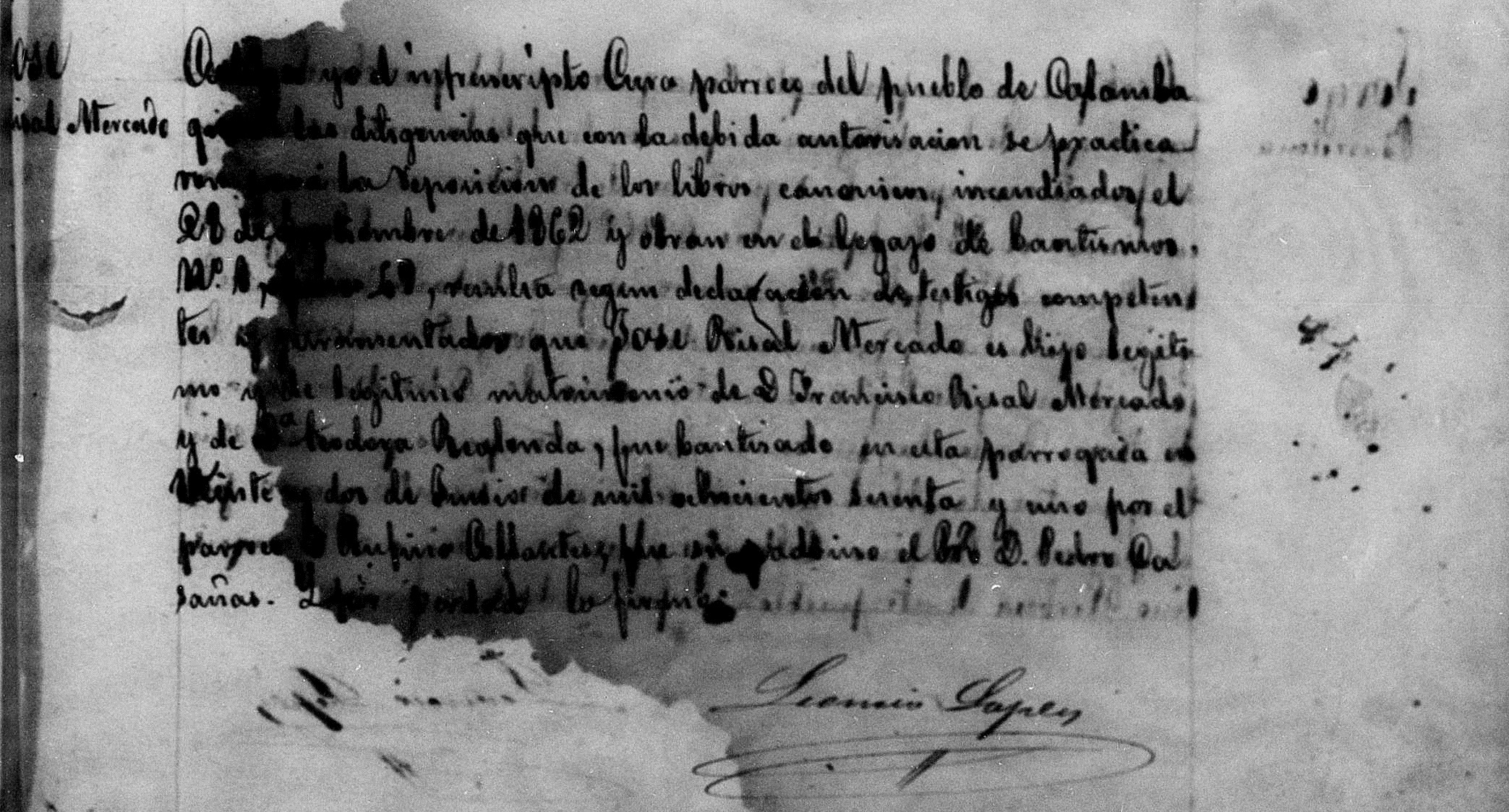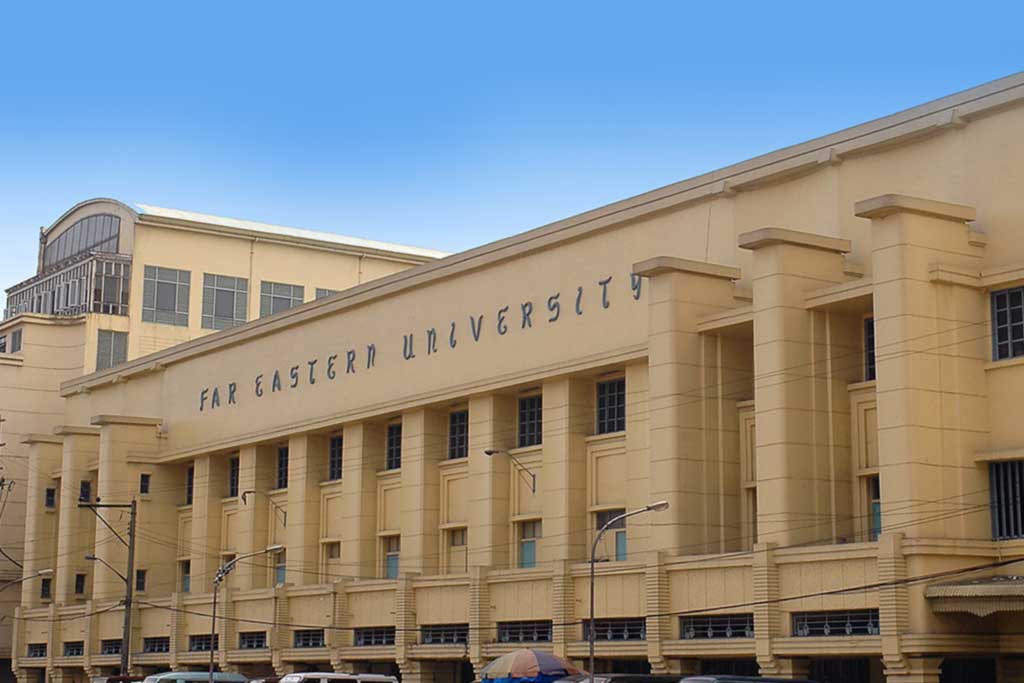|
Lagusnilad Underpass 01-2021
The Lagusnilad Underpass refers to the pedestrian underpass in Manila, Philippines which connects the Manila City Hall and Intramuros. It also refers to the nearby vehicular underpass where part of the Taft and Padre Burgos Avenues merge. History The Lagusnilad vehicular underpass is said to be the first in the Philippines and in Asia. The underpass built in the 1960s, near the Manila City Hall was named as "Lagusnilad" by the city government of Manila during the tenure of Mayor Antonio Villegas. The vehicular underpass was prone to flooding from around the 1980s to the early 2010s due to high level of rainfall during the monsoon season. Water flowing from the Intramuros Golf Course also contributes to the flooding. By 2014, this problem was remedied by the installation of new pumping system and cleaning of the underpass' drainage in 2014 during the administration of then-Mayor Joseph Estrada. Prior to the 2020s, the pedestrian underpass is reputed for its high incidence of cri ... [...More Info...] [...Related Items...] OR: [Wikipedia] [Google] [Baidu] |
Underpass
A tunnel is an underground passageway, dug through surrounding soil, earth or rock, and enclosed except for the entrance and exit, commonly at each end. A pipeline is not a tunnel, though some recent tunnels have used immersed tube construction techniques rather than traditional tunnel boring methods. A tunnel may be for foot or vehicular road traffic, for rail traffic, or for a canal. The central portions of a rapid transit network are usually in the tunnel. Some tunnels are used as sewers or aqueducts to supply water for consumption or for hydroelectric stations. Utility tunnels are used for routing steam, chilled water, electrical power or telecommunication cables, as well as connecting buildings for convenient passage of people and equipment. Secret tunnels are built for military purposes, or by civilians for smuggling of weapons, contraband, or people. Special tunnels, such as wildlife crossings, are built to allow wildlife to cross human-made barriers safely. Tunn ... [...More Info...] [...Related Items...] OR: [Wikipedia] [Google] [Baidu] |
Intramuros Golf Course
The Club Intramuros Golf Course is a golf course situated on the periphery of the walled area of Intramuros in Manila, Philippines. It one of the oldest golf courses in the Philippines. History The Club Intramuros Golf Course's location used to be a moat surrounding the walled area of Intramuros in Manila which was converted into a sunken garden before being repurposed as a golf course during the American colonial era. The golf club behind the course, Club Intramuros was established in the early 1990s. The course started as a nine-hole course, initially known as the Manila Municipal Golf Links. In the early 1930s, the Manila City Government assumed management of the course and the Intramuros golfing venue was expanded into a full 18-hole, 60 par course with a length of . By the 1950s, a driving range already exists in the golf course and by the 1960s, the golf venue has been expanded to a 18-hole course. The management and control of the Intramuros golf course was transferred to th ... [...More Info...] [...Related Items...] OR: [Wikipedia] [Google] [Baidu] |
Buildings And Structures In Manila
A building, or edifice, is an enclosed structure with a roof and walls standing more or less permanently in one place, such as a house or factory (although there's also portable buildings). Buildings come in a variety of sizes, shapes, and functions, and have been adapted throughout history for a wide number of factors, from building materials available, to weather conditions, land prices, ground conditions, specific uses, prestige, and aesthetic reasons. To better understand the term ''building'' compare the list of nonbuilding structures. Buildings serve several societal needs – primarily as shelter from weather, security, living space, privacy, to store belongings, and to comfortably live and work. A building as a shelter represents a physical division of the human habitat (a place of comfort and safety) and the ''outside'' (a place that at times may be harsh and harmful). Ever since the first cave paintings, buildings have also become objects or canvasses of much artistic ... [...More Info...] [...Related Items...] OR: [Wikipedia] [Google] [Baidu] |
Heroes' Day
Heroes' Day or National Heroes' Day may refer to a number of commemorations of national heroes in different countries and territories. It is often held on the birthday of a national hero or heroine, or the anniversary of their great deeds that made them heroes. Angola National Heroes Day in Angola is a holiday in Angola on 17 September, the birthday of the national hero Agostinho Neto. Bahamas National Heroes Day in the Bahamas has been a public holiday since 2013. It replaced Discovery Day, which celebrated the arrival of Christopher Columbus to the Americas. Barbados National Heroes' Day is a public holiday in Barbados on April 28, honoring the eleven national heroes of Barbados. Bermuda National Heroes' Day has been an official holiday in Bermuda since 2008, when the centre-left government declared it would replace the Queen's Official Birthday marked in June. Over 2,000 residents signed a petition in protest calling to retain the Queen's Birthday holiday. Initially obse ... [...More Info...] [...Related Items...] OR: [Wikipedia] [Google] [Baidu] |
Rajah Sulayman
Rajah Sulayman, sometimes referred to as Sulayman III (Sanskrit: स्ललैअह्, Arabic: سليمان, Abecedario: ''Suláimán'') (1558–1575), was the Rajah of Maynila, a fortified Tagalog Muslim polity on the southern half of the Pasig River delta, when a Spanish expedition arrived in the early 1570s. Sulayman – along with his co-ruler Rajah Matanda of Maynila and Lakan Dula, who ruled the neighboring polity of Tondo – was one of the three reigning monarchs during the Spanish conquest of the Port of Manila and the Pasig River delta. Spanish accounts describe him as the most aggressive of the three rulers – a characteristic chalked up to his youth relative to the other two rulers. He was the rajah in the Pasig River Delta era. His adoptive son, baptised Agustin de Legaspi upon conversion to Christianity, was proclaimed the paramount ruler of Tondo upon the death of Lakan Dula, but he along with most of Lakan Dula's sons and most of Sulayman's adoptive son ... [...More Info...] [...Related Items...] OR: [Wikipedia] [Google] [Baidu] |
Emilio Jacinto
Emilio Jacinto y Dizon (; December 15, 1875 – April 16, 1899) was a Filipino general during the Philippine Revolution. He was one of the highest-ranking officers in the Philippine Revolution and was one of the highest-ranking officers of the revolutionary society ''Kataas-taasan, Kagalang-galang na Katipunan ng mga Anak ng Bayan'', or simply and more popularly called ''Katipunan'', being a member of its Supreme Council. He was elected Secretary of State for the Haring Bayang Katagalugan, a revolutionary government established during the outbreak of hostilities. He is popularly known in Philippine history textbooks as the ''Brains of the Katipunan'' while some contend he should be rightfully recognized as the "Brains of the Revolution" (Filipino: ''Utak ng Himagsikan,'' a title that is usually given to Apolinario Mabini). Jacinto was present in the so-called Cry of Pugad Lawin (or Cry of Balintawak) with Andrés Bonifacio, the ''Supremo'' (Supreme President) of the Katipunan, ... [...More Info...] [...Related Items...] OR: [Wikipedia] [Google] [Baidu] |
José Rizal
José Protasio Rizal Mercado y Alonso Realonda (, ; June 19, 1861 – December 30, 1896) was a Filipino nationalist, writer and polymath active at the end of the Spanish colonial period of the Philippines. He is considered the national hero (''pambansang bayani'') of the Philippines. An ophthalmologist by profession, Rizal became a writer and a key member of the Filipino Propaganda Movement, which advocated political reforms for the colony under Spain. He was executed by the Spanish colonial government for the crime of rebellion after the Philippine Revolution broke out; it was inspired by his writings. Though he was not actively involved in its planning or conduct, he ultimately approved of its goals which eventually resulted in Philippine independence. Rizal is widely considered one of the greatest heroes of the Philippines and has been recommended to be so honored by an officially empaneled National Heroes Committee. However, no law, executive order or proclamation ... [...More Info...] [...Related Items...] OR: [Wikipedia] [Google] [Baidu] |
Andrés Bonifacio
Andrés Bonifacio y de Castro (, ; November 30, 1863May 10, 1897) was a Filipino Freemason and revolutionary leader. He is often called "The Father of the Philippine Revolution", and considered one of the national heroes of the Philippines.. He was one of the founders and later the ''Kataastaasang Pangulo'' (Supreme President, ''Presidente Supremo'' in Spanish, often shortened by contemporaries and historians to just ''Supremo'') of the '' Kataastaasan, Kagalanggalangang Katipunan ng mga Anak ng Bayan'' or more commonly known as the "Katipunan", a movement which sought the independence of the Philippines from Spanish colonial rule and started the Tagalog Revolution. With the onset of the Revolution, Bonifacio reorganized the ''Katipunan'' into a revolutionary government, with himself as President (''Pangulo'') of a nation-state called "Haring Bayang Katagalugan" ("Sovereign Nation of the Tagalog People" or "Sovereign Tagalog Nation"), also "Republika ng Katagaluguan" ("Tag ... [...More Info...] [...Related Items...] OR: [Wikipedia] [Google] [Baidu] |
Far Eastern University
Far Eastern University (Filipino language, Filipino: ''Pamantasan ng Malayong Silanganan''), also referred to by its acronym FEU, is a Private university, private non-sectarian Liberal arts college, liberal arts university in Manila, Philippines. Created by the merger of Far Eastern College and the Institute of Accounts, Business, and Finance, FEU became a university in 1934 under the guidance of its first president, Nicanor Reyes Sr. The first accountancy school for Filipinos, the university, through the years, has expanded its course offerings to the arts and sciences, architecture, fine arts, education, engineering, computer studies, graduate studies, tourism and hotel management, law, nursing, and medicine. FEU has seven campuses located in Metro Manila, Cavite and Rizal. It offers programs from elementary, secondary, tertiary, to graduate school. FEU Manila comprises several Institutes that offer specific programs. The accountancy program, along with its other Undergrad ... [...More Info...] [...Related Items...] OR: [Wikipedia] [Google] [Baidu] |
Manila City Hall (Manila; 07-22-2020)
The Manila City Hall ( fil, Bulwagan ng Lungsod ng Maynila) is the official seat of government of the City of Manila, located in the historic center of Ermita, Manila. It is where the Mayor of Manila holds office and the chambers of the Manila City Council is located. It was originally intended to be a part of a national government center envisioned by Daniel Burnham in the 1900s. Although the dream plan was not fully implemented, some buildings for the proposed government center were constructed, including the Old Legislative Building (now the National Museum of Fine Arts), and the Agriculture and Finance Buildings (presently the National Museum of Anthropology and National Museum of Natural History). History The Manila City Hall during 1901 was made up of Oregon-pine which covered one third of the area used by the current building. After 31 years of occupancy, City Engineer Santiago Artiaga suggested to reinforce the floor of the weakened structure supporting the sessio ... [...More Info...] [...Related Items...] OR: [Wikipedia] [Google] [Baidu] |
COVID-19 Pandemic
The COVID-19 pandemic, also known as the coronavirus pandemic, is an ongoing global pandemic of coronavirus disease 2019 (COVID-19) caused by severe acute respiratory syndrome coronavirus 2 (SARS-CoV-2). The novel virus was first identified in an outbreak in the Chinese city of Wuhan in December 2019. Attempts to contain it there failed, allowing the virus to spread to other areas of Asia and later worldwide. The World Health Organization (WHO) declared the outbreak a public health emergency of international concern on 30 January 2020, and a pandemic on 11 March 2020. As of , the pandemic had caused more than cases and confirmed deaths, making it one of the deadliest in history. COVID-19 symptoms range from undetectable to deadly, but most commonly include fever, dry cough, and fatigue. Severe illness is more likely in elderly patients and those with certain underlying medical conditions. COVID-19 transmits when people breathe in air contaminated by droplets and ... [...More Info...] [...Related Items...] OR: [Wikipedia] [Google] [Baidu] |
National Commission For Culture And The Arts
The National Commission for Culture and the Arts of the Philippines ( fil, Pambansang Komisyon para sa Kultura at mga Sining, ceb, Nasodnong Komisyon alang sa Budaya ug mga Arte) is the official government agency for culture in the Philippines. It is the overall policy making body, coordinating, and grants giving agency for the preservation, development and promotion of Philippine arts and culture; an executing agency for the policies it formulates; and task to administering the National Endowment Fund for Culture and the Arts (NEFCA) – fund exclusively for the implementation of culture and arts programs and projects. History The successful overthrow of the dictatorship in 1986 through the People Power Revolution inspired the different sectors of society to rally behind the new government towards the restoration of democracy. On March 12, 1986, the Alliance of Artists for the Creation of a Ministry of Culture (AACMC) drafted and adopted a proposal for the establishment of a ... [...More Info...] [...Related Items...] OR: [Wikipedia] [Google] [Baidu] |







